Imagine having total visibility and control over your valuable assets, minimizing downtime, reducing operational costs, and enhancing customer satisfaction. GPS asset tracking is the game-changing technology that makes it all possible. By leveraging this powerful tool, businesses can optimize their asset management and make smarter, data-driven decisions. Let’s explore how GPS tracking works in asset management and what it can do for your business.
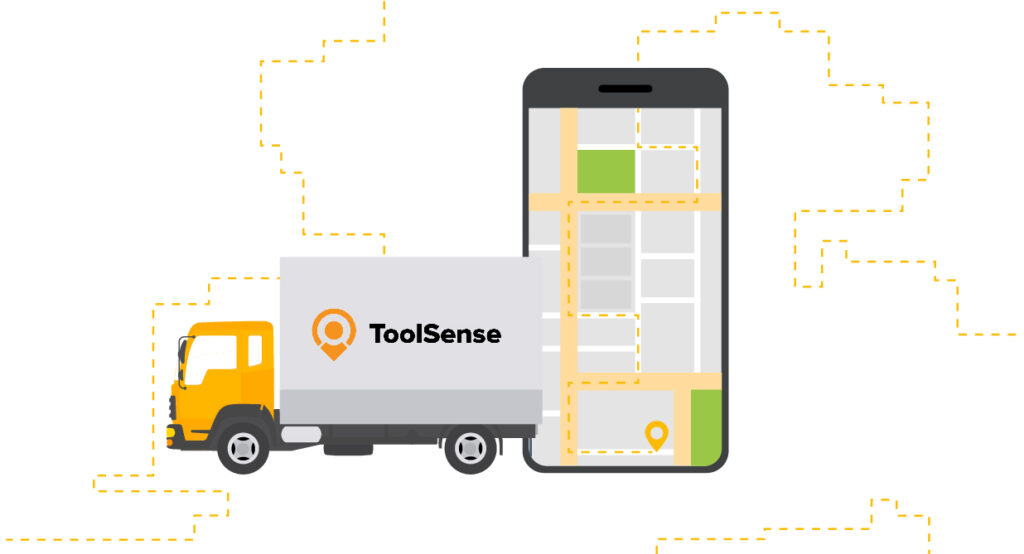
Key Takeaways
- GPS asset tracking enables businesses to monitor and manage assets in real time for improved decision-making.
- Features such as location monitoring, geofencing, driver behavior monitoring, and proactive maintenance management can help optimize resource usage.
- ToolSense’s GPS Asset Tracking Software helps businesses enhance asset management and increase efficiency with real-time data insights.
Understanding GPS Asset Tracking in Asset Management
GPS asset tracking leverages GPS devices to monitor and manage valuable assets, providing real-time location data and insights for better decision-making. GPS tracking systems can:
- Track the location and conditions of assets in real-time
- Respond to actions such as engines starting or doors opening
- Transmit information back to the asset tracking software via a mobile data network
GPS asset tracking presents access to location data, history, and usage details, allowing for the observation of your high-value assets’ most recent locations, their operational status, and whether they are dormant or in motion.
We made the research for you and present you the three best GPS tracking devices including use cases and benefits.
How GPS Tracking Works
GPS asset tracking devices are specialized hardware units that utilize satellite communication to accurately determine the location of an asset. A GPS device is affixed to the asset, and the data is transmitted back to the GPS asset tracking system via a mobile data network.
GPS tracking, which utilizes the Global Positioning System (GPS), operates by communicating with satellites to triangulate an asset’s location, with an increased number of satellites resulting in higher precision. The GPS receiver in the device captures signals from multiple satellites and uses the precise time the signals were sent to calculate the distance between the device and each satellite. By triangulating the distances from multiple satellites, the GPS device can ascertain its location.
This real-time location data is then transmitted to a central monitoring system, allowing users to consistently monitor the location, movements, and status of their assets.
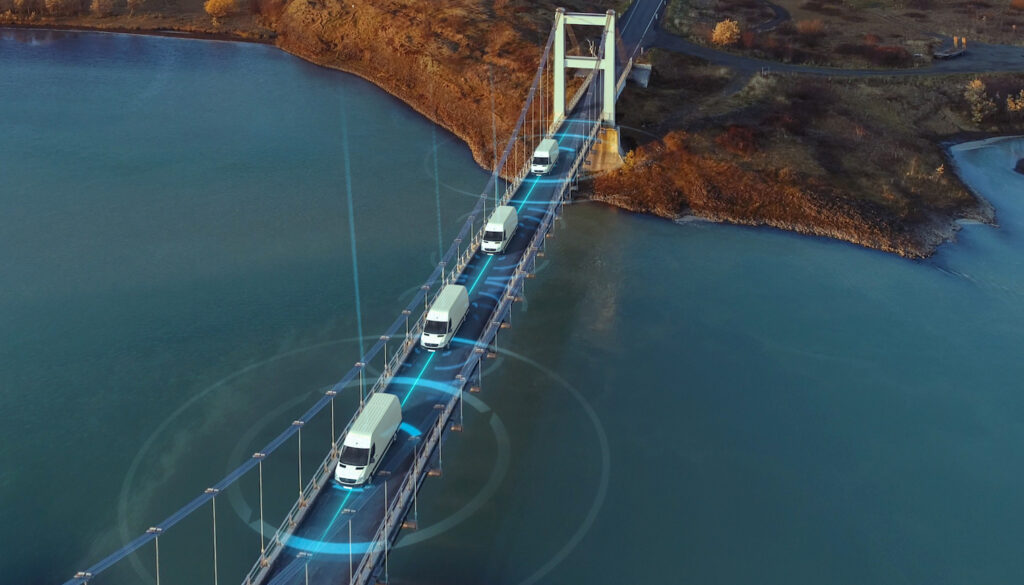
Types of Assets Managed with GPS Tracking
Almost any type of asset can be monitored with GPS tracking technology, including vehicles, equipment, tools, and valuable items such as laptops. In the construction sector, common assets managed with GPS tracking include construction equipment, heavy machinery, tools, and materials.
By tracking their assets, businesses can enhance control over operations, mitigate theft or loss risks, and optimize resource usage. Want to know the best GPS Tracker for construction Equipment? Learn more in our article “The Best GPS Tracker for Equipment and Tools in Construction Companies”.
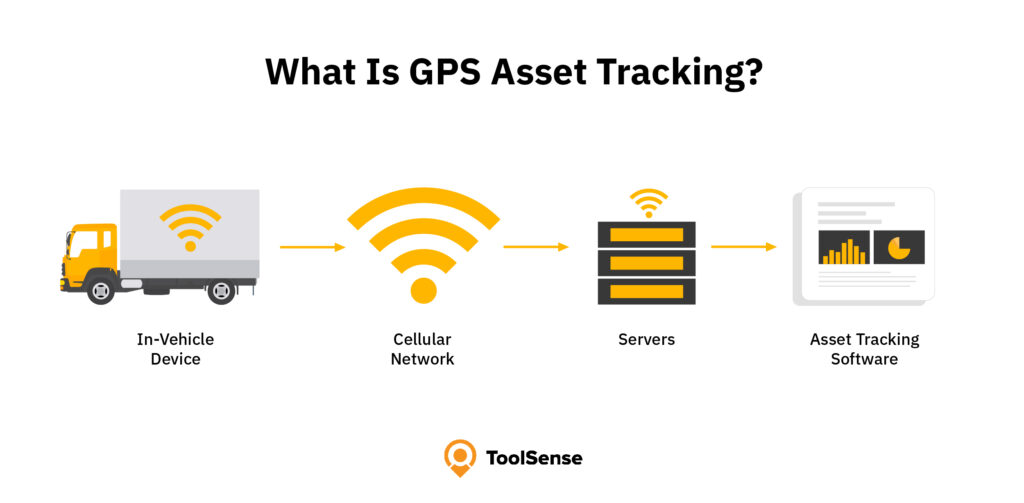
Key Features of GPS Asset Tracking Systems
GPS asset tracking systems come with various features designed to help businesses manage their assets more effectively. These features include:
- Real-time location tracking
- Customizable alerts
- Driver behavior monitoring
- Historical reports
- Mobile fleet tracking
Facilitating valuable insights into asset location, history, and utilization, GPS tracking systems empower businesses with data-driven decision-making and resource optimization.
For instance, geofencing capabilities allow managers to establish virtual boundaries around assets and receive notifications when assets enter or exit the boundaries. This enhances security and helps improve asset utilization by identifying underused assets as well as optimizing their deployment.
Furthermore, proactive maintenance management features qualify businesses to maximize maintenance scheduling efficiency and reduce maintenance expenditures.
Real-Time Location Monitoring
Real-time location monitoring is a critical feature of GPS asset tracking that enables businesses to keep close tabs on their assets at all times. This feature uses GPS trackers that connect to satellites to provide precise location data, allowing users to monitor the location, movements, and status of their assets in real time.
With this level of visibility, businesses can improve asset management, respond quickly to issues, and minimize downtime or potential losses.

Geofencing Capabilities
Geofencing is another valuable feature of GPS asset tracking systems that helps enhance security and asset management. By creating a virtual boundary or perimeter around a designated location using GPS tracking technology, businesses can monitor and track assets within that predetermined area.
Geofencing allows for:
- Real-time tracking and notifications when assets enter or exit the geo-fenced area
- Prompt action in preventing unauthorized access or theft of assets
- Ensuring that assets are being used optimally
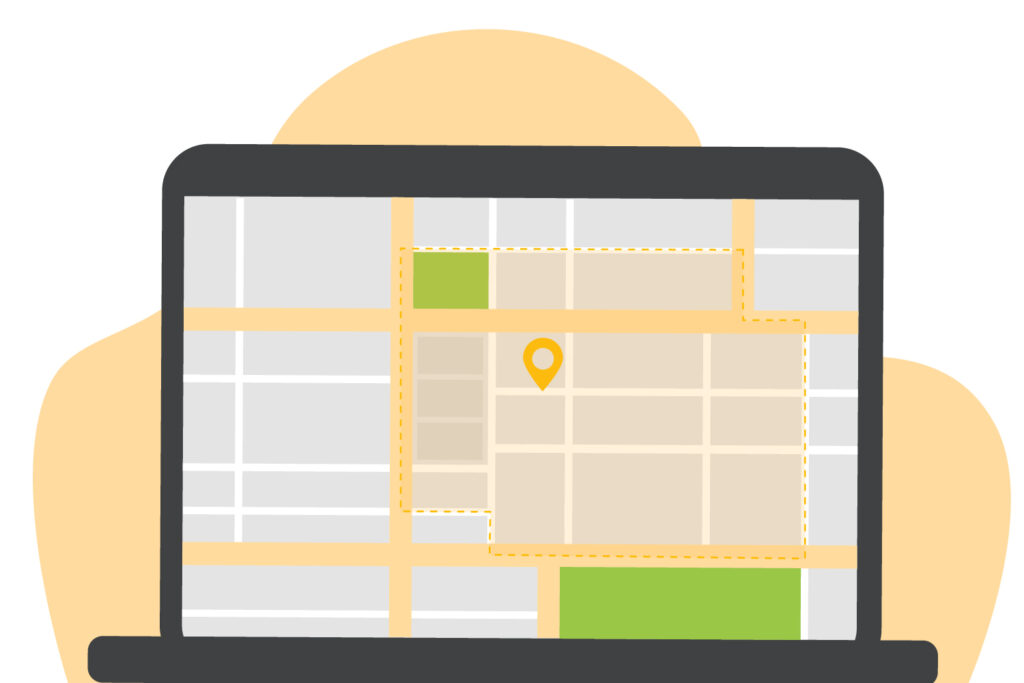
Asset Protection With Proactive Maintenance and Service
Proactive maintenance and service features in GPS asset tracking systems help extend asset life and reduce downtime by keeping assets in optimal condition. By collecting timely data on equipment usage, mileage, and other variables, businesses can maintain their assets proactively and avert potential breakdowns or defects.
This practice ensures that assets are kept in optimal condition, minimizes the risk of unexpected idle time, and ultimately prolongs the lifespan of the assets. Ultimately, businesses save money by employing a suitable GPS tracker to track vehicles, machinery, and stolen assets. Furthermore, they can optimize routes to the job site which helps reduce fuel consumption.
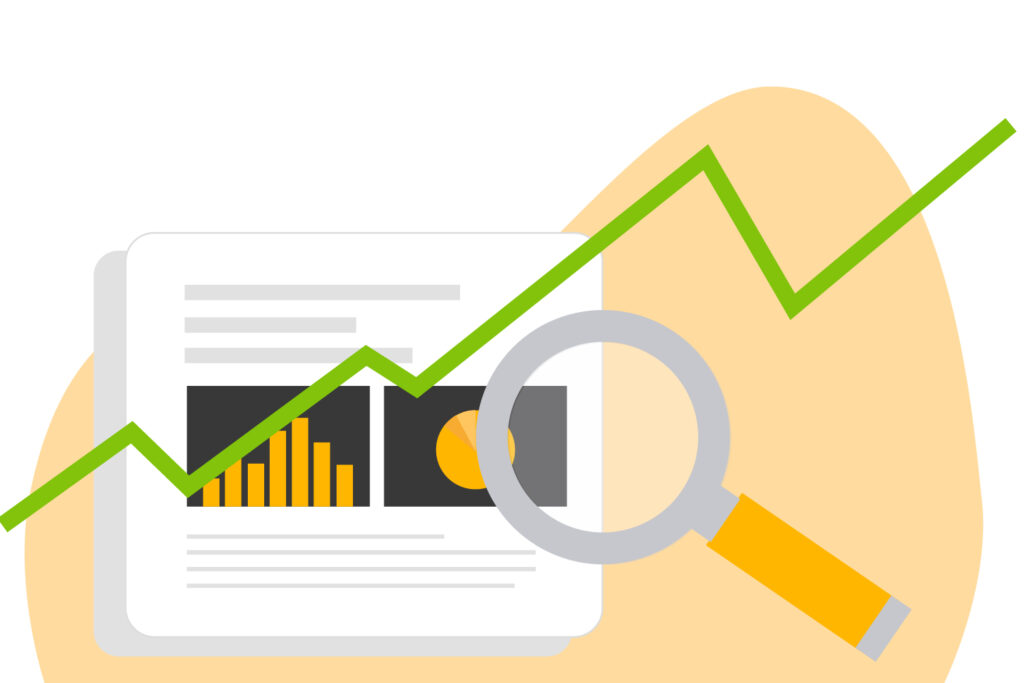
Comprehensive Reporting Functionality
Comprehensive reporting functionality in GPS asset tracking systems provides businesses with valuable insights for data-driven decision-making. By generating various specific reports on asset location, movement history, utilization, and maintenance schedules, businesses can identify trends, patterns, and potential risks.
This data analysis allows asset managers to make informed decisions regarding asset allocation, maintenance strategies, and investment opportunities. This ultimately leads to optimized asset utilization, reduced costs, and maximized returns on investment.
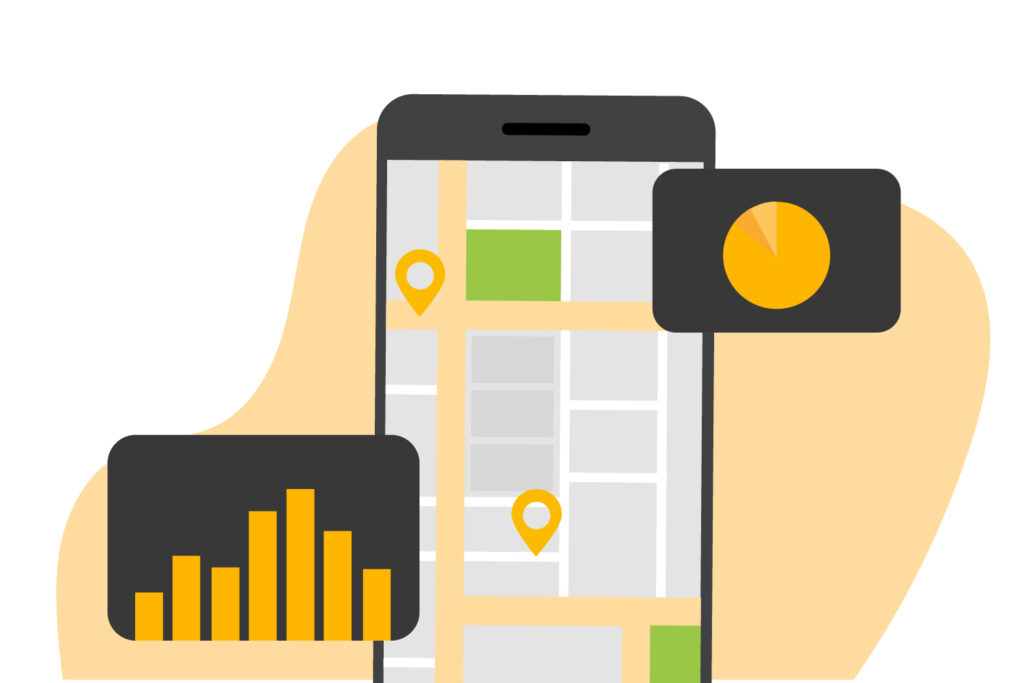
Implementing GPS Asset Tracking Solutions
Setting up an asset tracking solution like GPS tracking for asset management involves selecting an appropriate GPS tracking system, choosing suitable GPS tracking devices, and ensuring data security and confidentiality. The right GPS tracking solution not only meets the specific needs of your business but also provides a user-friendly interface and seamless integration with your existing systems.
Taking the necessary steps to ensure data security and privacy compliance is crucial when implementing GPS monitoring for asset management. This involves protecting the privacy of your clients, staff, and data, as well as adhering to any industry-specific regulations.
We did the research for you and compiled a list of the best 15 equipment management software solutions.
How to Choose the Right GPS Tracking Devices for Your Business
Selecting the right GPS tracking devices for your business depends on factors such as:
- The type of asset
- The size and mobility of the asset
- The environment in which it operates
- The specific tracking requirements
There is a wide range of GPS tracking devices available, including:
- Wearable GPS trackers
- Vehicle GPS trackers
- Asset GPS trackers
- Cellphone GPS trackers
- Battery-operated trackers
- Hardwired trackers
- Plug-in trackers
- Satellite-operated trackers
Considering your business needs and the assets you want to track will guide you in choosing the most suitable GPS tracking devices for the best results.
Integrating GPS Tracking Software
Successfully integrating GPS tracking software into your existing systems requires a focus on compatibility and user-friendly interfaces. To ensure compatibility with other software, consider factors such as:
- Device and platform compatibility
- Integration capabilities
- API availability
- Data format compatibility
- System requirements
A well-designed user interface can improve usability, reduce the learning curve, and increase user engagement, ultimately leading to a more successful integration of GPS tracking software.
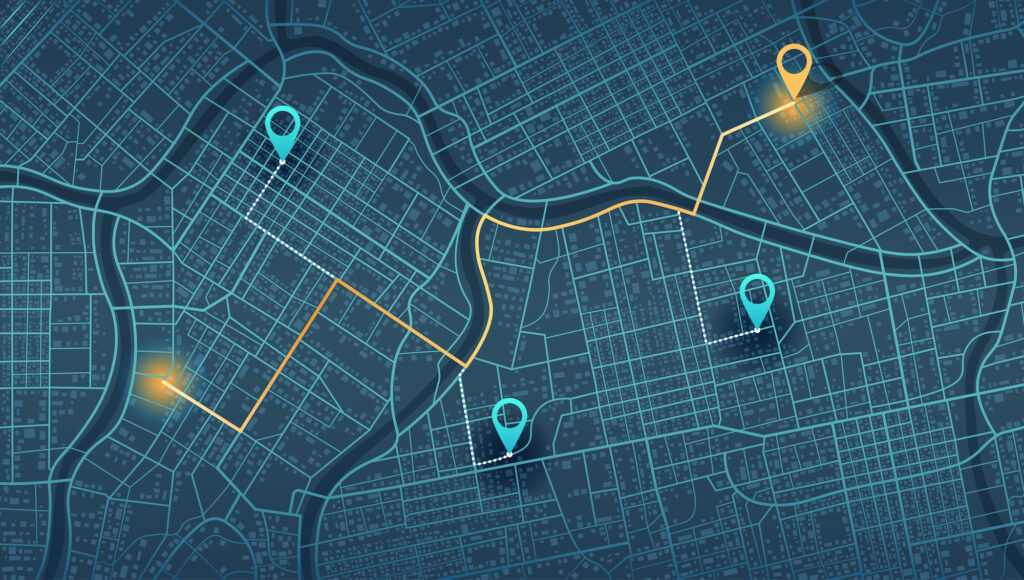
Security and Theft Prevention With GPS Asset Tracking
GPS asset tracking plays a vital role in enhancing security and theft prevention by providing real-time location data and alerts. Asset tracking software, paired with GPS tracking devices, serves as an effective deterrent to theft and provides a method to recover any lost or stolen equipment.
With the help of GPS asset tracking, you can ensure the security of your most valuable assets – GPS provides real-time visibility of equipment location and aids in the retrieval of any stolen fleet vehicles, tools, or equipment.
3 Ways Asset Tracking Software Prevents Theft
Asset tracking software prevents theft through a combination of the following features:
- Location monitoring: provides real-time updates on asset locations, helping to prevent unauthorized use and theft
- Geofencing: sets virtual boundaries and sends alerts if assets enter or exit designated areas
- Starter disable features: allow users to remotely disable the engine of powered assets, preventing theft
Benefits of GPS Asset Tracking: More Control and Cost Savings
GPS asset tracking offers numerous benefits, including:
- Maximizing return on investment
- Decreasing operating costs
- Enhancing customer satisfaction
- Improving employee safety
- Optimizing asset utilization
With real-time location data and insights, businesses can make informed decisions about when to retire unused assets, leading to increased long-term savings and improved procurement planning.
Additionally, GPS asset tracking helps reduce expenses such as fuel costs, maintenance costs, and insurance premiums. GPS tracking can also assist businesses in optimizing their resources by monitoring the location and utilization of their assets, thereby reducing downtime and enhancing productivity. This results in better asset management, increased customer satisfaction, and ultimately, a more successful business.
Leveraging GPS asset tracking allows businesses to outpace the competition while achieving enhanced control and cost efficiency.
Maximized ROI
GPS asset tracking can maximize return on investment (ROI) through streamlining and prevention of productivity loss. Real-time data allows businesses to identify underutilized assets and optimize their deployment, leading to increased efficiency and cost savings.
As it provides a higher return on investment and guarantees compliance with industry standards, GPS asset tracking has proven to be a lucrative investment for numerous industries such as:
Reduced Operating Costs
GPS asset tracking can lead to reduced operating costs through route optimization, lower fuel consumption, and efficient maintenance schedules. Delivering real-time location data via GPS, helps businesses with route optimization and fuel consumption reduction, thereby enabling cost savings.
Furthermore, GPS tracking facilitates preventative maintenance management by providing real-time data on equipment usage, mileage, and other variables, allowing businesses to maintain their assets proactively and avert potential breakdowns or failures. This results in reduced maintenance expenses and ensures that assets are kept in optimal condition.
Increased Customer Satisfaction
Accurate estimated time of arrivals (ETAs) and improved asset management contribute to higher customer satisfaction. GPS asset tracking facilitates accurate ETAs by providing real-time maps with updated locations of vehicles and assets, enabling dispatchers to provide increasingly accurate estimated arrival times to customers.
This not only enables customers to plan for their deliveries but also fosters confidence and trust, ultimately leading to a better customer experience.
Improved Safety for Employees
By providing insight into asset use data and enabling more efficient maintenance scheduling, GPS asset tracking enhances employee safety. Collecting real-time data on equipment utilization and other metrics allows organizations to establish proactive maintenance schedules to address problems early and prevent unanticipated downtime.
This facilitates improved asset performance and productivity, ultimately prolonging the lifespan of the assets and ensuring the safety of employees and the assets themselves.
Optimized Asset Utilization
Better asset utilization is possible with GPS asset tracking by identifying underused assets and optimizing their deployment. By monitoring the location and utilization of their assets, businesses can improve their asset management and increase customer satisfaction.
In industries like healthcare, for instance, hospitals utilize GPS asset tracking to monitor the location of wheelchairs, which optimizes time and cost efficiency by ensuring wheelchairs are readily available when needed.

Alternative Asset Tagging Solutions to Consider
Although GPS asset tracking is a potent tool for managing valuable assets, alternative asset tagging solutions are also worth considering. These include:
- IoT hardware modules
- RFID
- QR-Codes
- Bluetooth technology
These technologies offer different approaches to asset tracking and can be tailored to meet the specific needs of your business. Discover the best type of equipment tracker for your business in our article “Which Type of Equipment Tracker Should You Use?”.
By exploring various asset-tracking technologies, you can find the best tracking technology solution to optimize your asset management and increase efficiency.
Get More Out of Your Assets and Equipment With ToolSense’s GPS Asset Tracking Software
ToolSense offers customized GPS asset tracking solutions for various industries, helping businesses optimize their asset management and increase efficiency. Our GPS asset tracking software enables users to:
- Monitor the location of their assets
- Track data like runtime and downtime
- Access maintenance history
- Manage work orders
All of this is made possible by attaching GPS trackers to physical assets. With ToolSense’s Asset Operations Platform, businesses can digitize and automate asset-related workflows, such as equipment inspections, work order management and maintenance management, ultimately leading to better control and cost savings.
If you’re interested in learning more about ToolSense’s GPS Asset Tracking Software or need assistance with any of our services, you can easily reach out to us. Our team is available to answer your questions and provide the support you need. You can schedule a digital tour or start your free trial today.
Want to learn more? Read our article about “10 Tips for Successful Asset Tracking”.
Conclusion
GPS asset tracking is a powerful tool that offers numerous benefits for businesses looking to optimize their asset management. From real-time location monitoring and geofencing capabilities to proactive maintenance and comprehensive reporting functionality, GPS asset tracking can help businesses make informed decisions, reduce operating costs, and enhance customer satisfaction. By implementing GPS technology and exploring alternative asset tagging solutions, businesses can get more out of their assets and equipment, ultimately leading to greater control and cost savings.
ToolSense is trusted by 700+ companies worldwide



Frequently Asked Questions
GPS asset tracking allows businesses to pinpoint the exact locations of their trailers, containers, or railcars, providing visibility of where each asset is in its journey or if it is sitting idle. This provides valuable insights and peace of mind to ensure efficient and timely delivery of goods.
GPS tracking enables supply chain managers to optimize shipment routes and reduce transit times and costs while avoiding delays caused by traffic congestion or accidents.
GPS fleet tracking is an invaluable tool for fleet managers, providing real-time data to help reduce dangerous driving habits, optimize vehicle efficiencies, and understand driver behavior.
GPS asset tracking technology enables businesses to monitor and protect their assets, including vehicles, equipment, tools, and valuable items such as laptops and other mobile assets.
Real-time location monitoring in GPS asset tracking works by using GPS trackers to connect to satellites, which then provide precise location data. This allows users to monitor the location and movements of their assets in real-time.




